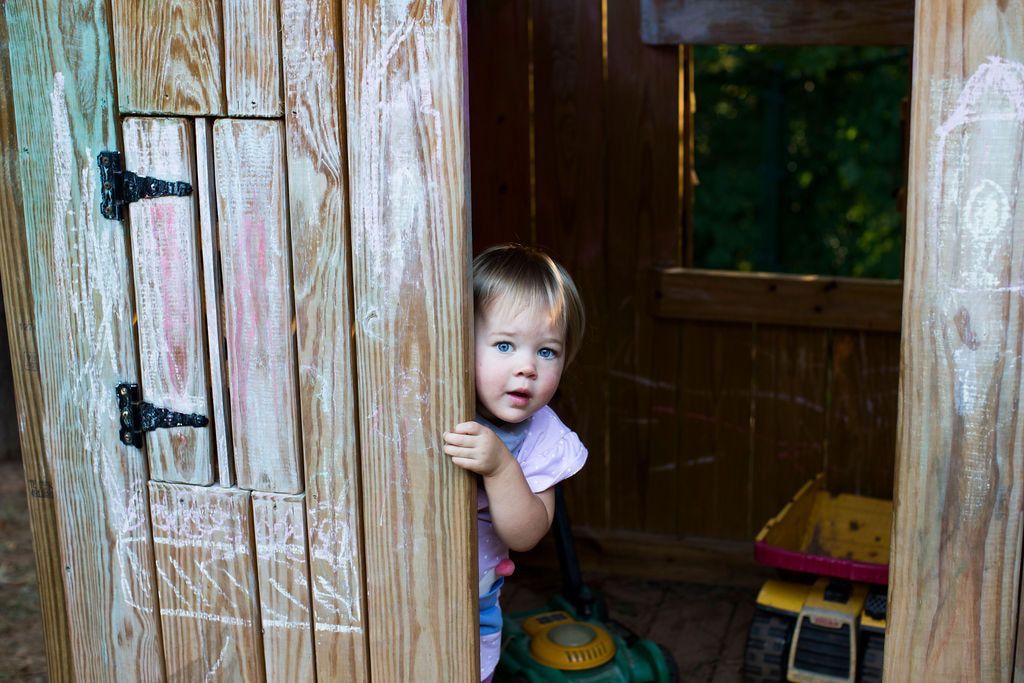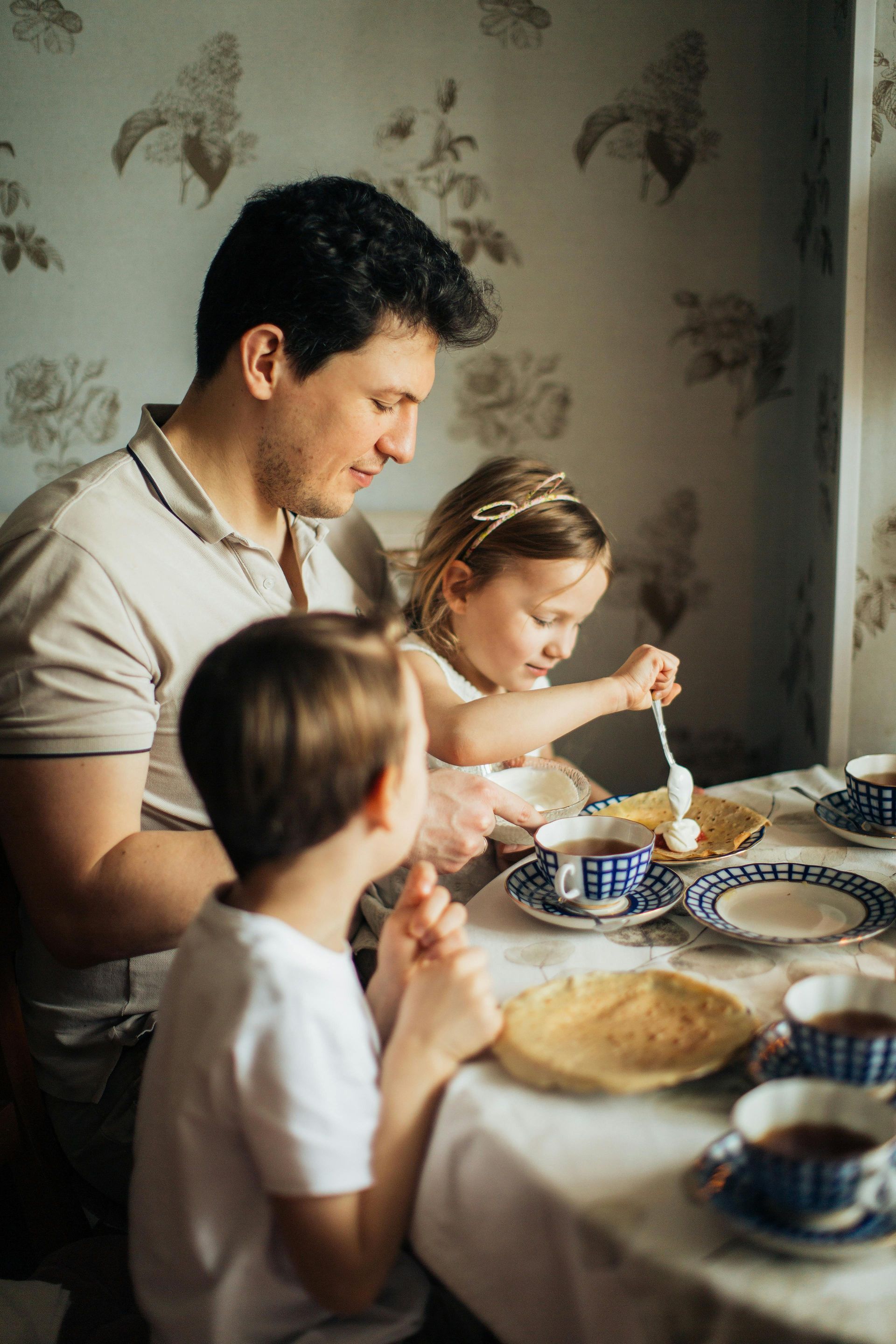
Starting school is one of the biggest milestones in a child’s early life. For children entering Montessori school, this transition can come as early as the second year of life. The first few weeks in a new school or class are an exciting time of growth and adjustment that can also come with some big feelings (for parents and kids alike!). Having clear expectations and open conversation with your child can help the transition go smoothly for everyone.
Here are some key things we recommend keeping in mind as your child starts school:
- Expect Big Feelings: Transitions are tricky for little ones, and getting out of the car and into the school building can be a big step for your child. Even the most confident kiddos may feel nervous when starting school. Tears, clinging to a parent, or reluctance to say goodbye can be tough to see, but are completely normal in the early weeks of the transition. As the parent, remember that your calmness helps reassure your child that all is well and they will be okay! Talk positively about school and share excitement about your child’s new experiences.
- Take Time to Learn New Routines: A consistent morning and drop-off routine can help your child adapt more quickly to going to school. Keep your mornings calm and predictable to avoid a rushed drop-off. When you get to school, think about incorporating a special routine you do with your child right before they get out of the car. Then make the drop off short and sweet! Even something as simple as a special phrase or prayer you say before your child exits the car can help them begin to know what to expect. Also, remember that at the beginning of the school year, children are learning new rhythms in the classroom as well. Where to put their things, how to follow the class schedule, and how to choose and complete their work are all big things for your little one. Be patient as your child adjusts.
- Keep an Open Mind about “Learning”: Remember that in Montessori school, much of the child’s daily work does not look like what you may expect from typical academics. Especially for the toddler class, children spend the majority of their time learning practical life skills, building social skills, practicing courtesy and manners, and engaging in their own self-care. You may not notice dramatic changes in your child’s knowledge or behavior in the first month. Things like putting shoes on and off, cleaning up after snack time, and preparing food are small steps that set the foundation for future learning.
- Give Social Connections Time to Grow: Some children may connect with their teacher and friends right away, while others may take some more time to join in and build connections. This is completely normal. As children become comfortable with their school community, they will build a sense of security, belonging, and purpose. Give your child time to find their place in the community, and soon they will thrive.
- Encouraging Independence Gives Children Confidence: Help your child take agency in their own school journey. Encourage them to choose their own clothes and assist them in learning to dress themselves. Include your child in packing their lunch or preparing their school items the night before.
- Remember why you chose Cross of Life Montessori: Adjustment takes time. But with patience, consistency, and support, the first few weeks at school can build the foundation for years of joy and growth ahead. Children pick up on your emotions and feelings. Even if you are feeling a little bit nervous (which is completely normal!) try to show your child that you are confident in the decision to send them to our school and say goodbye with a smile. They are in wonderful hands! Our teachers have decades of training and practice in helping children adapt to their new environment and are delighted to help your little one find their place. At Cross of Life Montessori, we’re here to walk alongside your family as you adjust to new rhythms, routines, and ways of learning. We’re so excited to participate in your child’s growth and learning!
The first few weeks at a new school are a period of adjustment and trust-building as children settle into their new Montessori community. By knowing what to expect and supporting your child with calm routines and encouragement, you can help make the transition to school a positive experience for the whole family. We can’t wait to see your child in class!


